I wasn’t expecting to sit down and watch a sappy Pixar movie with my sister on that transformative Friday night.
Now of course I had seen the trailers for Elemental. While I was incredibly excited for the theatrical release, it had been overshadowed by the amazing summer we had this year for movies.
From Across the Spider Verse to Barbie, box offices were winning, and I inevitably forgot about Elemental. Until of course, Disney+ hit me with that prime advertisement as my sister and I were arguing about what to watch. So, we settled in and pressed play.
Over the course of 102 minutes, it’s completely fair to say that the film captured my heart. Not just because I love a good rom-com, but because of the underlying themes.
I walked into this movie expecting to meet an entirely new world with a mystical and ethereal feel, but I wasn’t expecting the undertones of familial pressure, being the first born in a family of immigrants, and the pressure to succeed that comes with these circumstances.
Elemental follows Ember, a fiery and driven young woman, whose parents come from Fire Land, a place far from Elemental City. Ember was born in Elemental City, and grew up surrounded by the love and warmth that her parents and her slowly growing Fire community brought.
Even though her parents try to shield her from the reality of the city, she soon realizes how the other elements perceive Fire: Volatile. Destructive. Untrustworthy. Hotheaded. Ember learns quickly to confine herself in Firetown, and grows up limited to filling her father’s shoes.
Her father, a shop owner, worked for everything he had, starting it from ground up and literally building it with his bare hands. Her mother is a matchmaker who works in the back of their family shop and has a keen nose for sniffing love.
The life they carve out for themselves throughout the beginning of the movie is touching, and this makes the audience connect to Ember quickly, especially as we see subtle xenophobia pop up in her life–specifically from the other three elements that live in the city: Earth, Air and Water.
This movie beautifully articulates the struggle that most First Generation kids have, from facing subtle comments about their “great English speaking skills” to the impact of having a foot in two different worlds. . First Generation or “First Gen” refers to a child of immigrant parents who were born in a different country.
At points in the film, Ember is shown to have feelings of cultural dysmorphia–not quite Fire yet not quite Other. There are so many powerful instances in the movie where we can see Ember being othered and ostracized, even in scenes with her romantic interest, Wade.
How does this factor into media representation? Why should we care about animated drawings?
The short answer is when Ember is seen struggling with the crippling fear of letting down her parents, not being enough, and unable to live up to their dream, it is incredibly relevant to First Gen teens today.
Growing up as the eldest daughter of two Indian immigrants in suburbia, I never realized how much I needed a movie like Elemental, until I got it. I was always aware that I was different, whether it was the way I ate with my hands at lunch, or the awkward moment when I stepped into a friend’s house, unsure whether to leave my shoes on or take them off.
My parents tried to show me that I was just as worthy as the little white boy sitting next to me, but it was hard.
Coming to school with an accent, pronouncing things differently, not knowing the newest pop culture news was social suicide. I was lucky, I must say, that I was able to find my people, but not everyone does. Sometimes, all people have are the books they read and the things they watch.
That is why movies like Elemental are so important.
The film shines a light into a community that is very easily overlooked, and the fact that Ember vocalizes her struggles throughout the film adds to the impact.
Ember shows us, the First Generation community, that we aren’t alone. That we have the right to respect our ancestors and the sacrifices our parents made, but also the right to be happy. For a lot of First Generation Americans, happiness means a lot of different things, but it starts with being seen and accepted.
Ember shows us that change is hard, but it’s good. Ember shows us that it’s okay to be angry–especially when you’re told you can’t do something.
Ember shows us that the most important thing is to never stop dreaming.
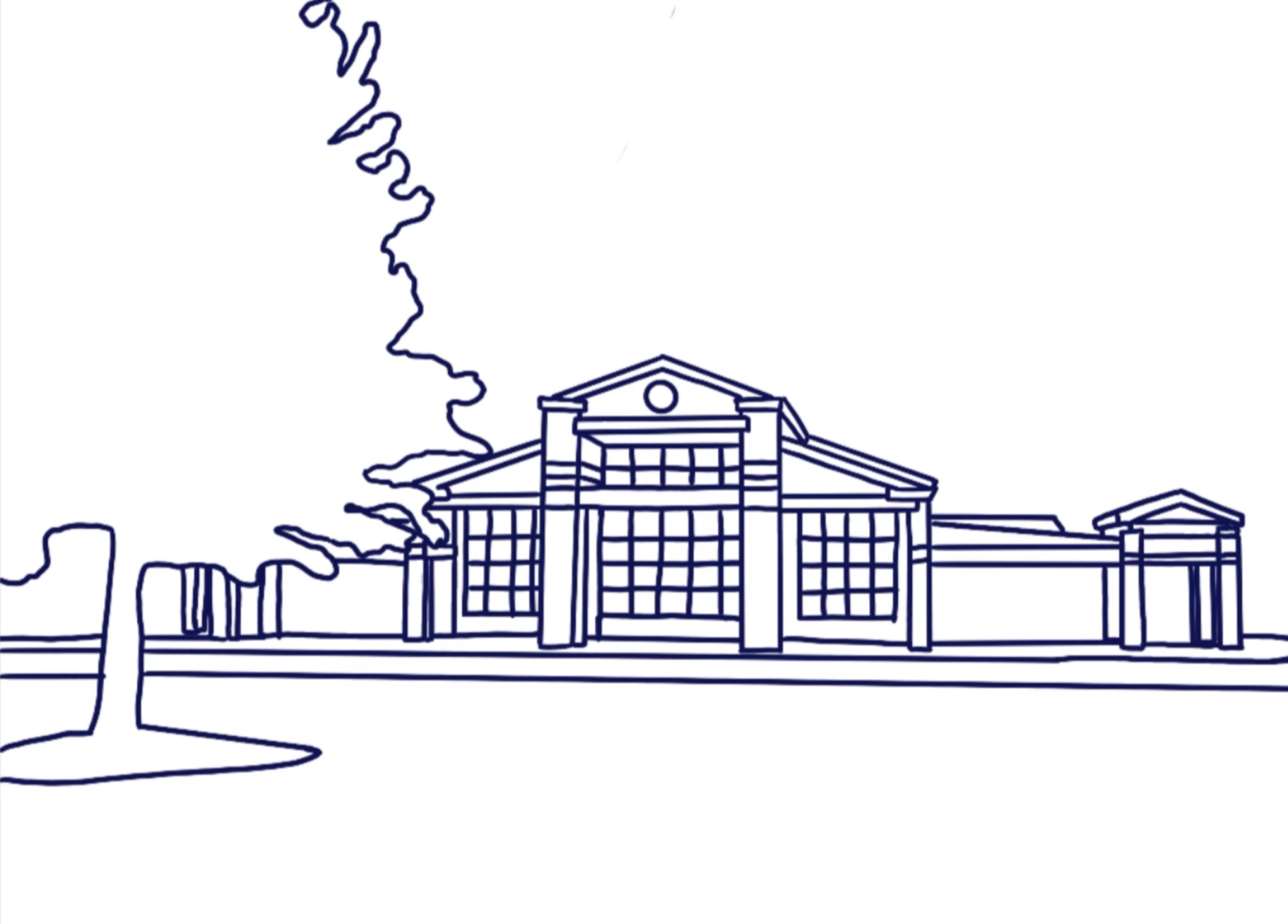



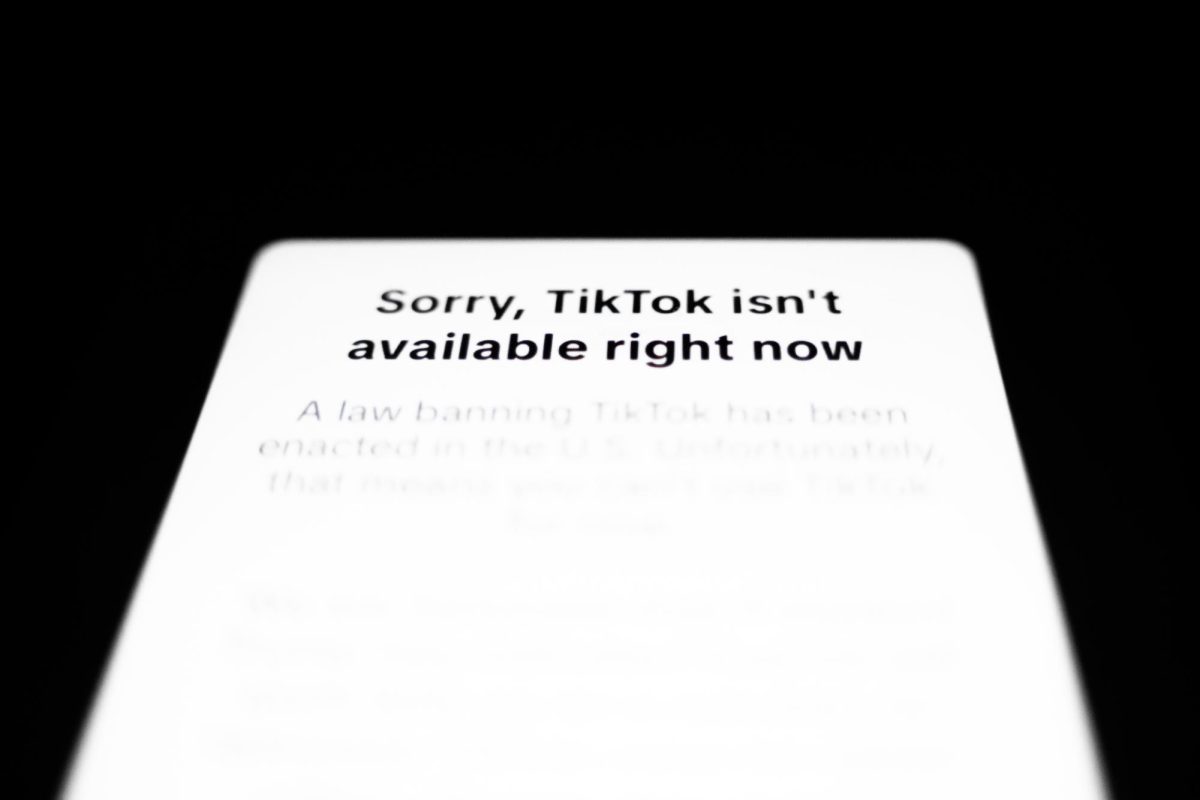
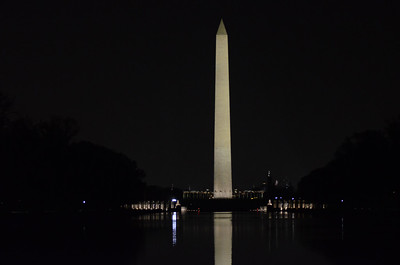




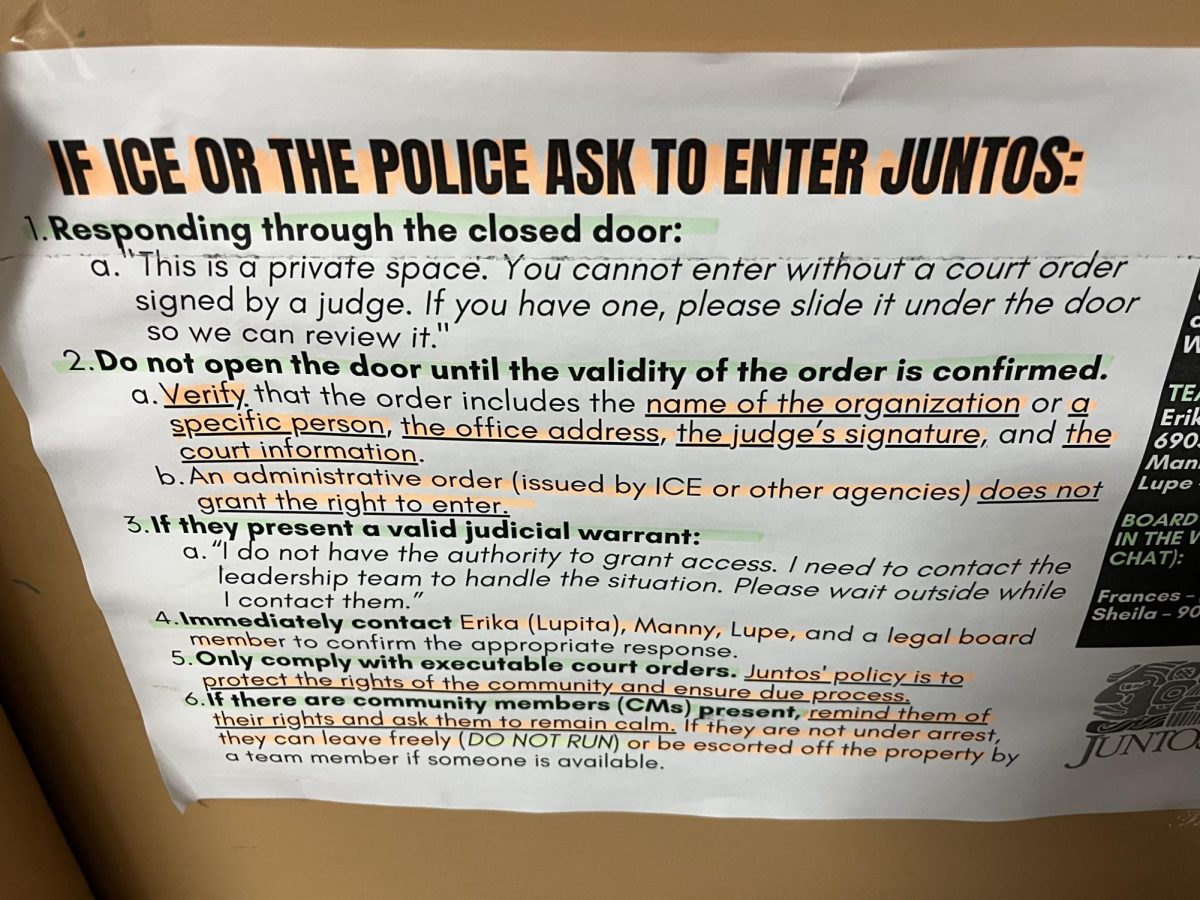
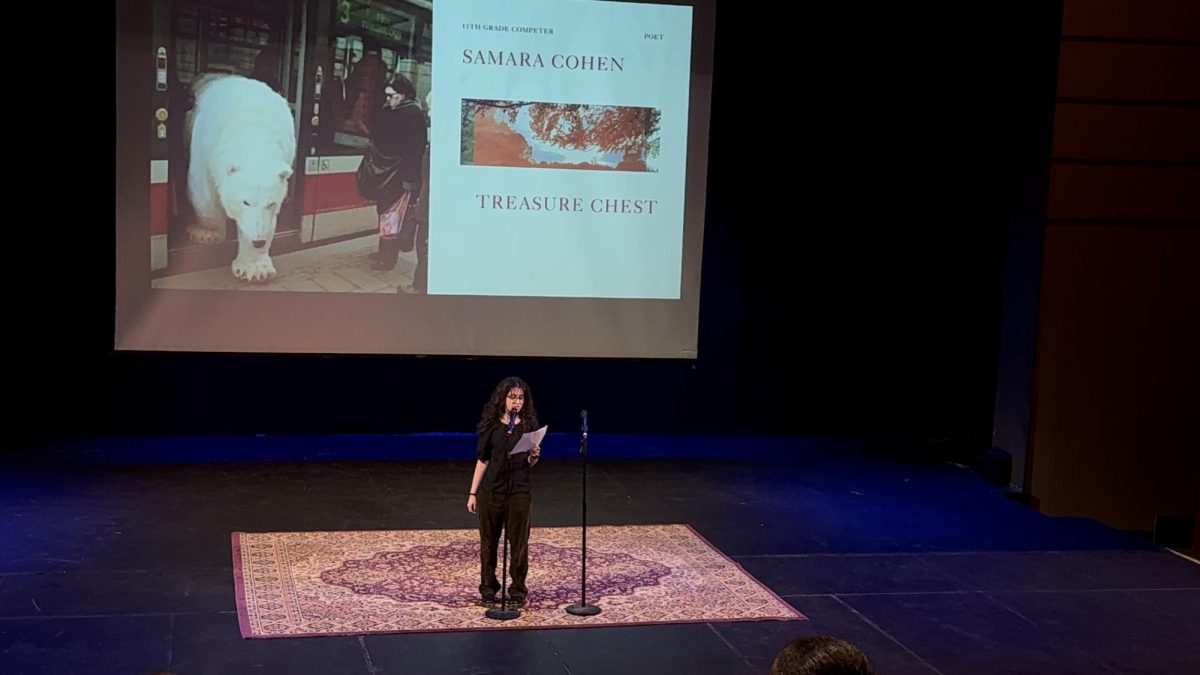
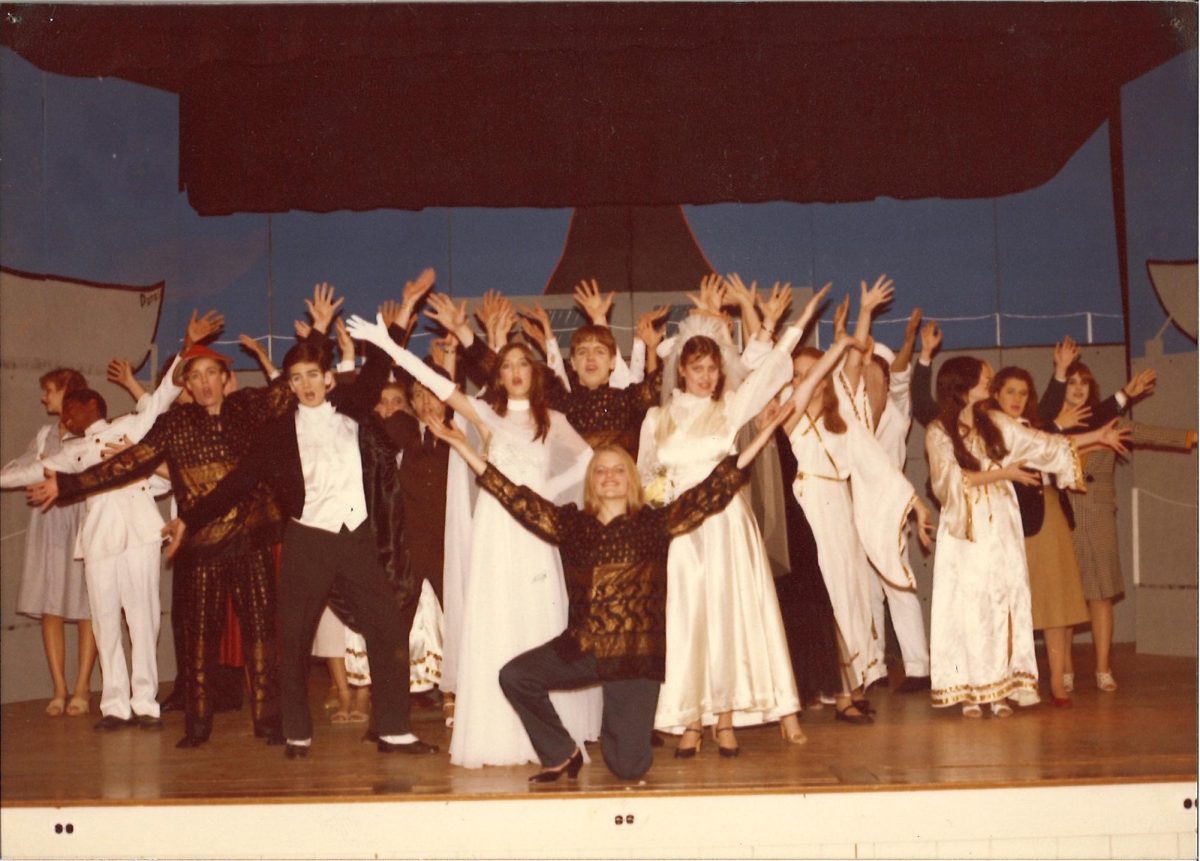



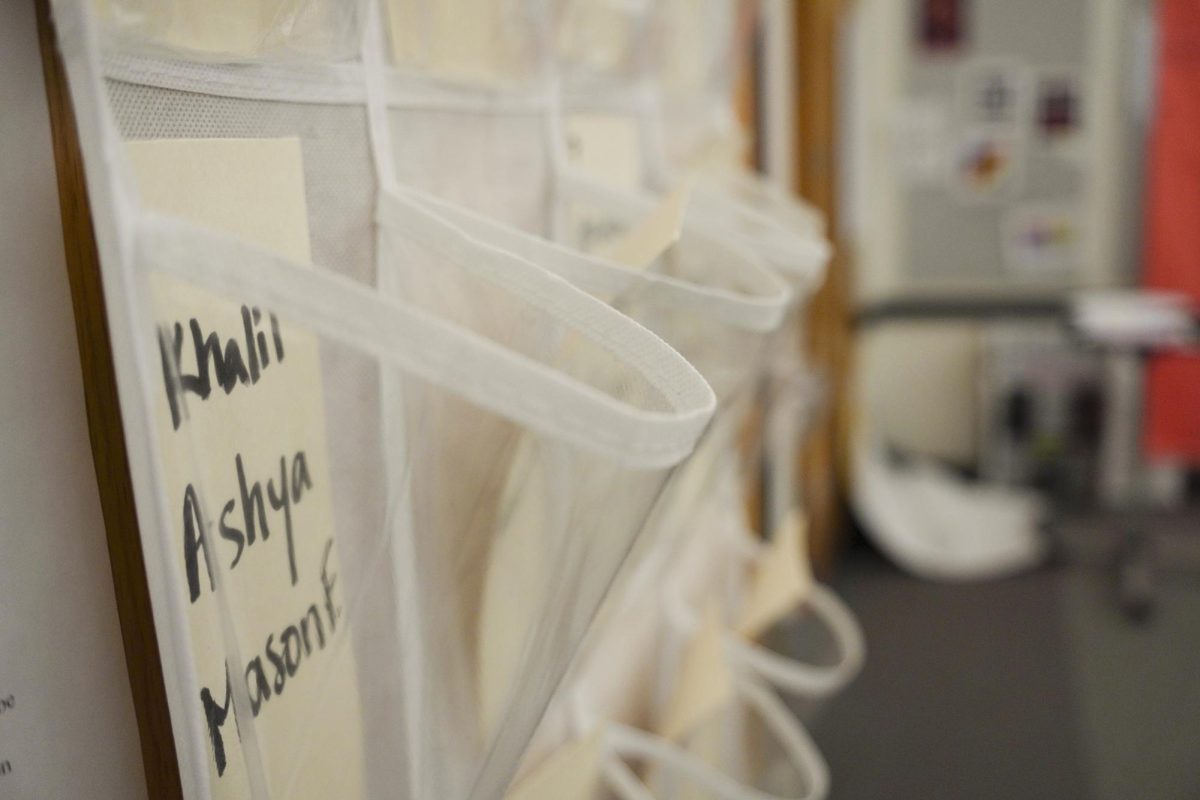

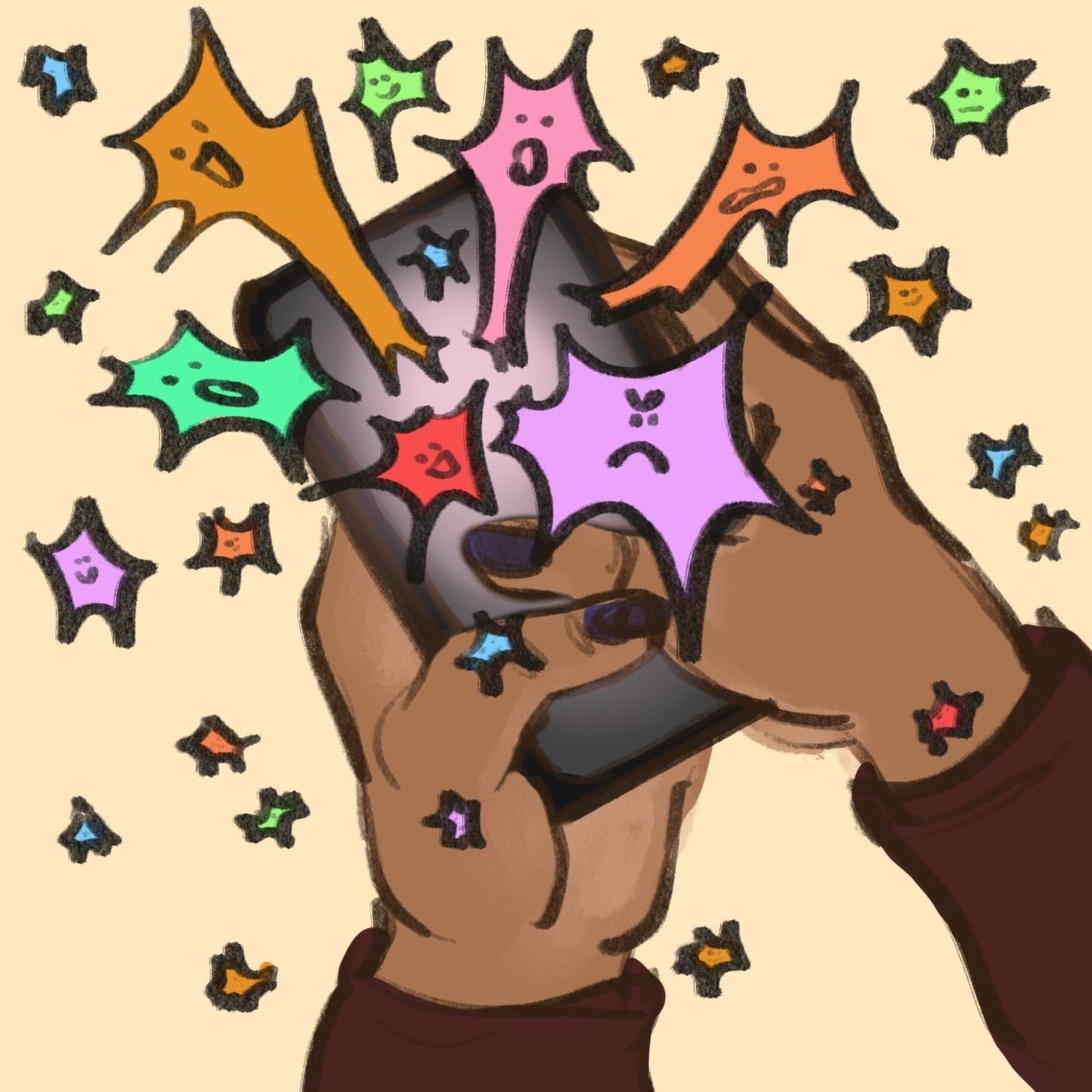

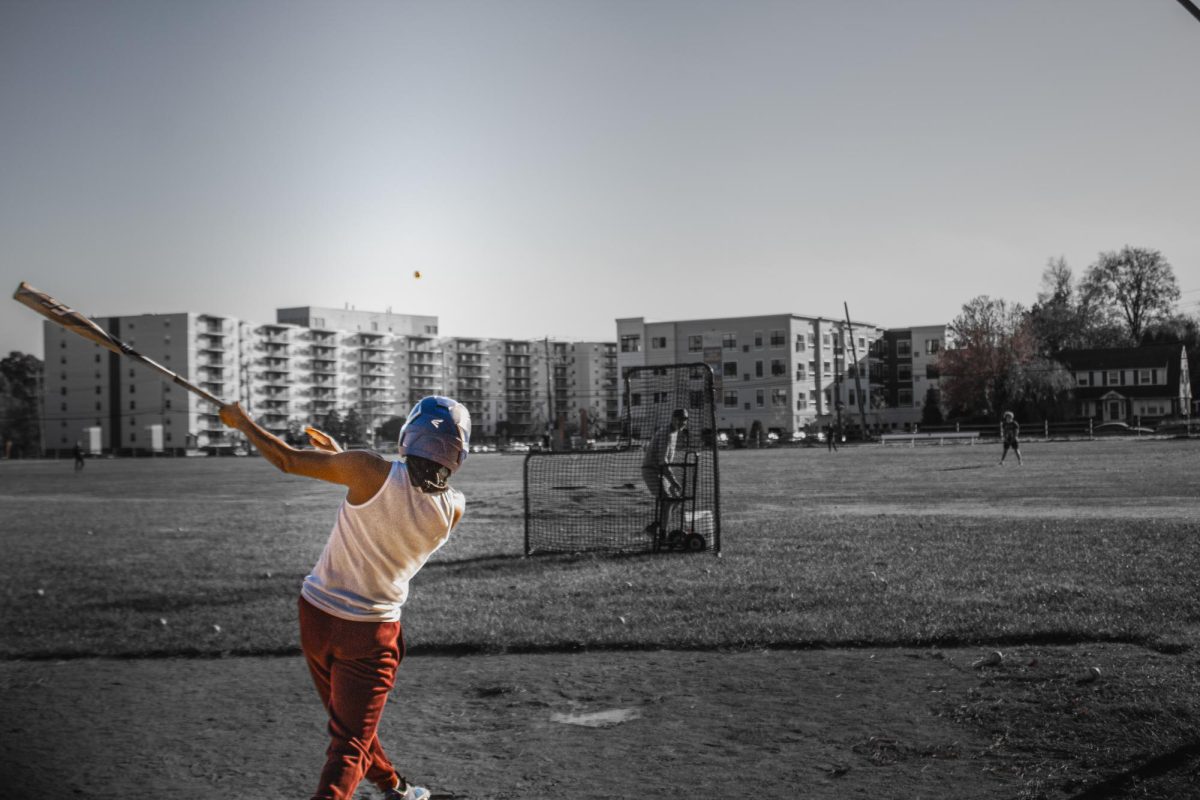




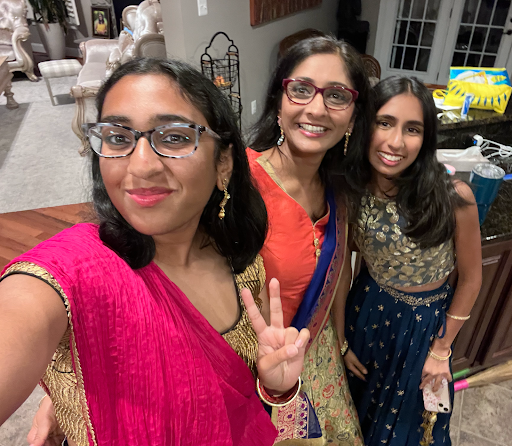
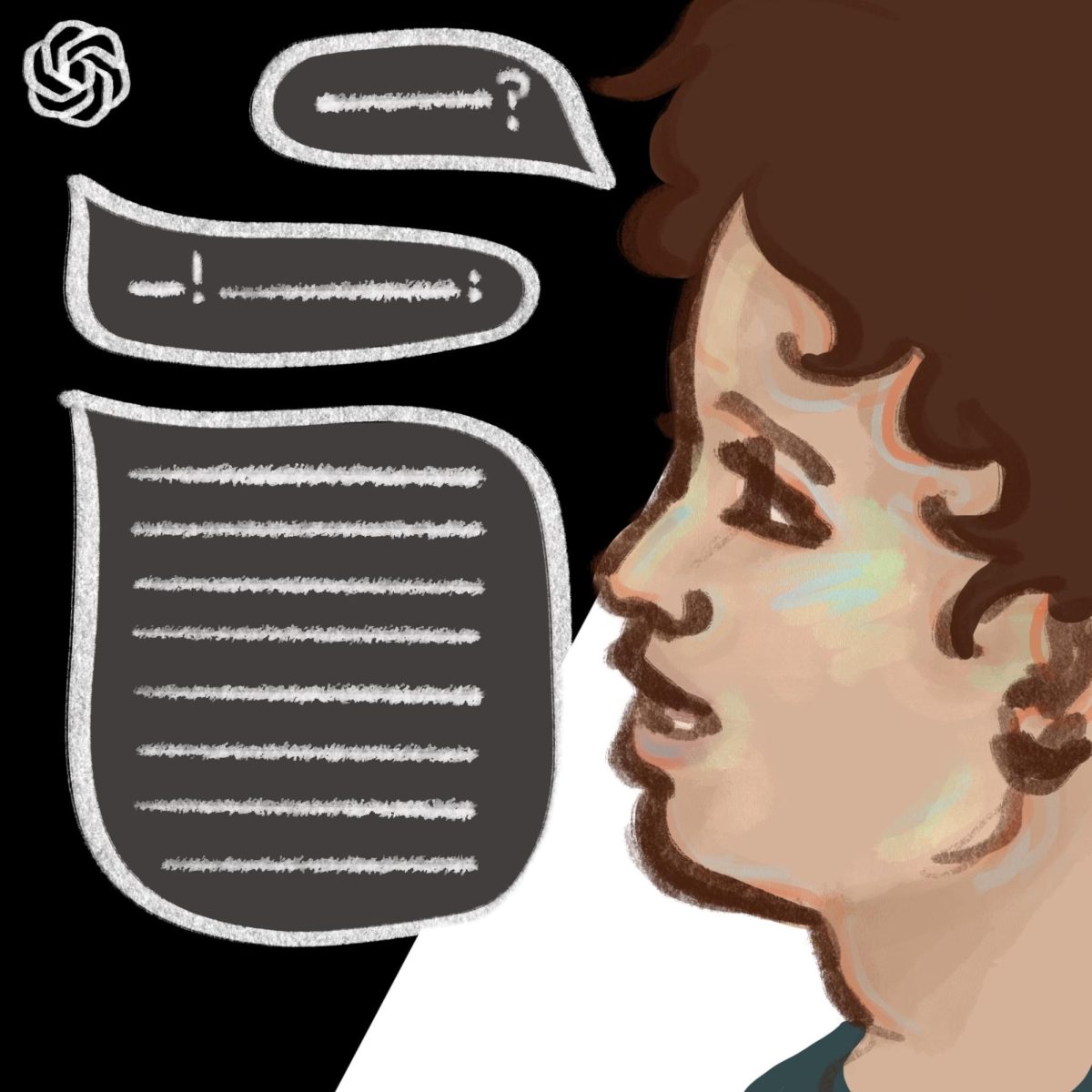
Udayan • Oct 19, 2023 at 2:46 pm
I always have something to say. But in this moment, you said everything! For me, the choice between American and Indian has been an à la carte menu, I pick and choose what I like from the 2 cultures and reject ever trying to “fit in”. I feel this has a tremendous advantage over being purely American because I know what the other side has to offer! And anyways America is about Freedom & Liberty! I can be whoever I want to be! And I feel India and Indians have a right to influence the definition of what it means to be American, because Indians make America great!